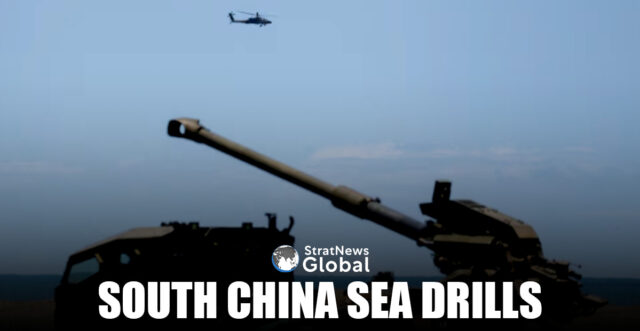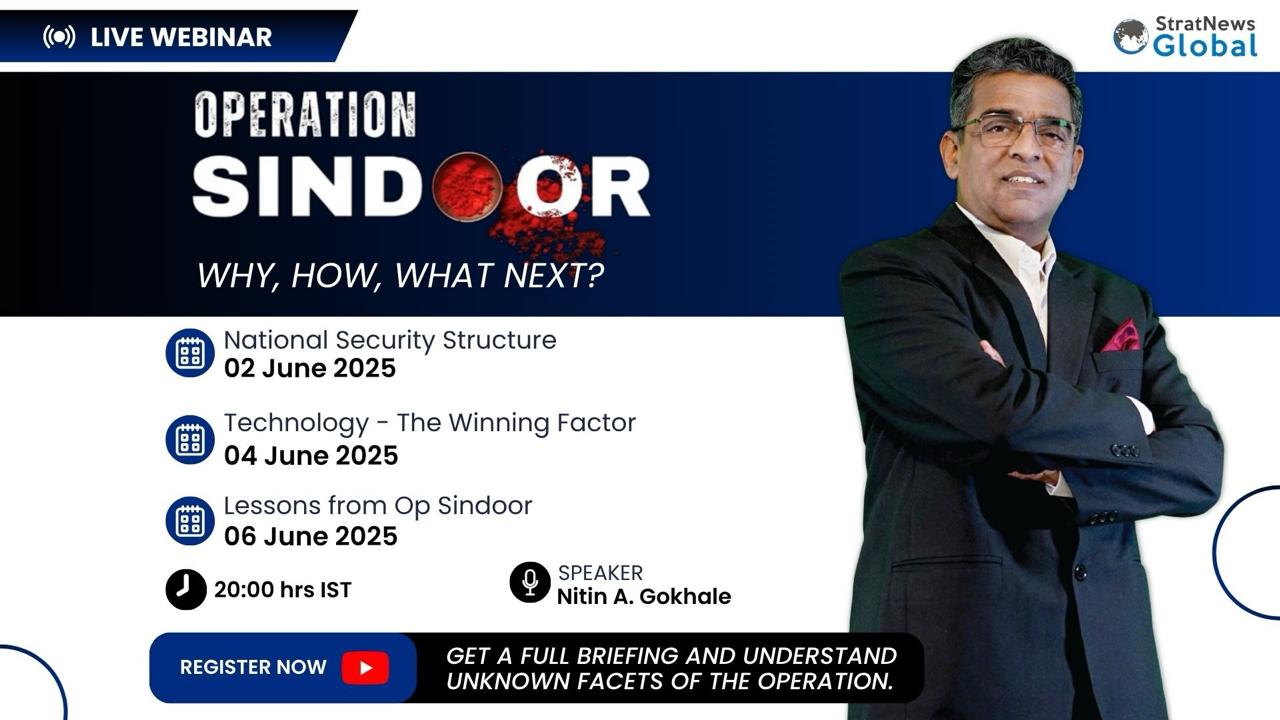The Philippine and U.S. military units conducted joint maritime exercises in the South China Sea for the seventh time to enhance interoperability, Manila’s armed forces said on Thursday.
The joint exercises, held on Wednesday in waters off the provinces of Occidental Mindoro and Zambales and away from contested features, included joint operations near shorelines as well as fire support.
“The MCA (maritime cooperative activity) is a demonstration of both nations’ resolve to deepen cooperation and enhance interoperability in line with international law,” the Philippine armed forces said in a statement.
New Corvette On Display
The joint sail also showcased the Philippine vessel Miguel Malvar, a 118-metre guided missile frigate commissioned last month. It is one of two corvettes built by South Korea’s Hyundai Heavy Industries under the Philippines’ military modernisation programme.
Military engagements between the treaty allies have soared under President Ferdinand Marcos Jr., who has pivoted closer to Washington in response to China’s growing presence in the South China Sea.
China claims sovereignty over nearly all the South China Sea, including parts of the exclusive economic zones of Brunei, Indonesia, Malaysia, the Philippines and Vietnam.
US-Philippines Defence Ties
Amid growing regional tensions and an increasingly assertive China, the United States and the Philippines have significantly deepened their defence cooperation, exemplified by a series of joint maritime drills in the disputed South China Sea.
The two allies have now completed multiple coordinated naval exercises, aimed at strengthening interoperability, enhancing maritime domain awareness, and reinforcing their mutual commitment to a rules-based international order.
These drills are not only tactical displays of unity but also send a strategic message to Beijing, whose expansive territorial claims and militarisation of artificial islands have raised serious concerns in Manila and Washington.
By conducting these exercises in contested waters, both nations reaffirm their stance on freedom of navigation and the importance of safeguarding international sea lanes.
The renewed momentum in U.S.-Philippines military engagement follows a revitalisation of their longstanding alliance, including expanded access for American forces under the Enhanced Defence Cooperation Agreement (EDCA).
This growing military footprint is seen by analysts as a critical counterweight to China’s rising influence in Southeast Asia.
(With inputs from Reuters)

















